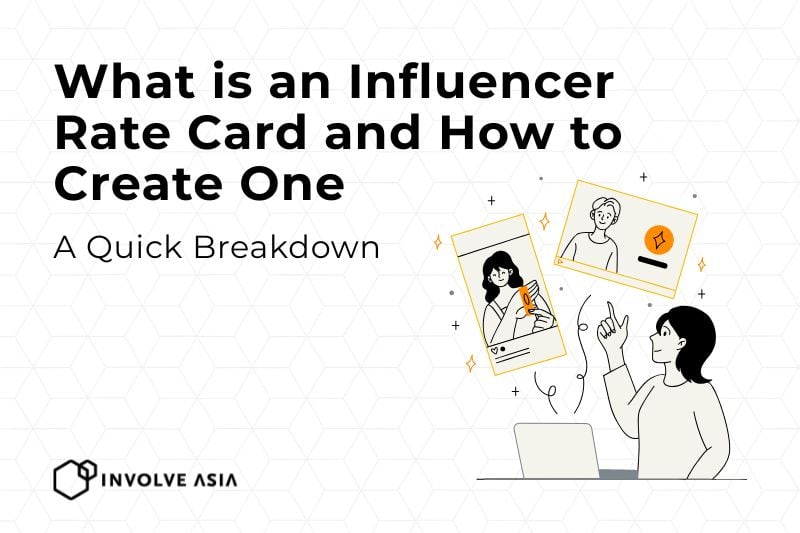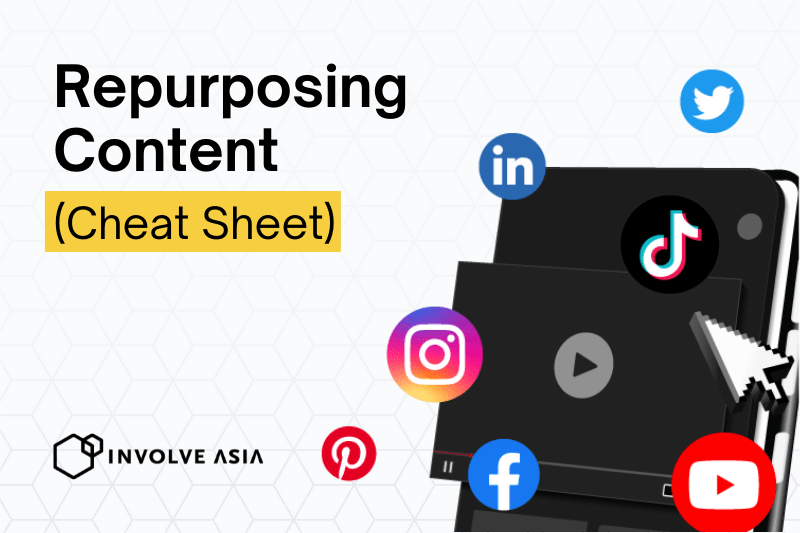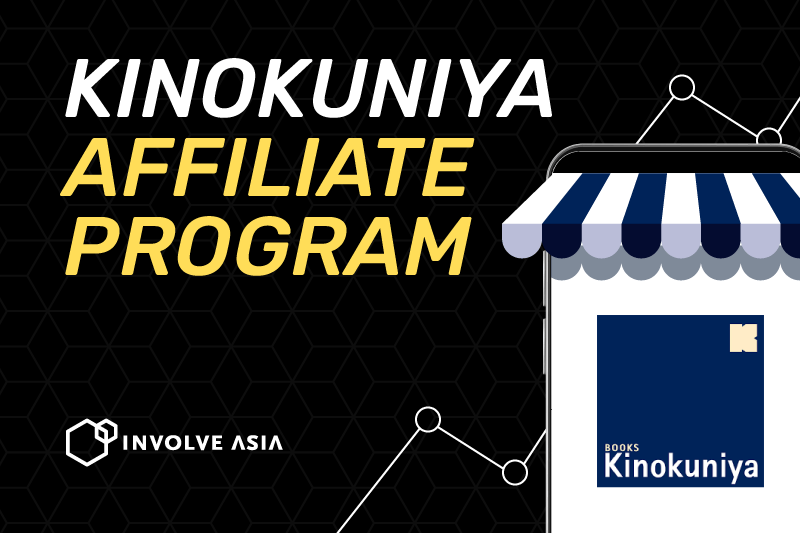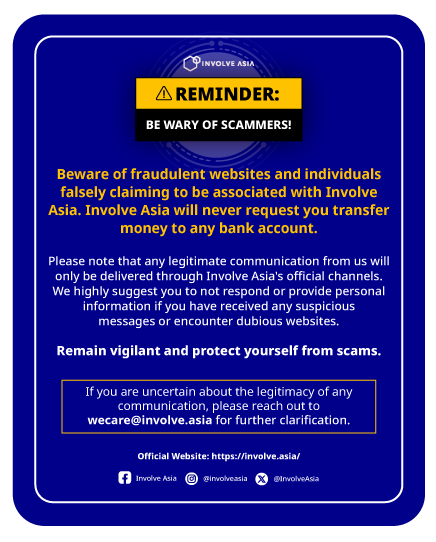If you’re an influencer or content creator and you don’t have a rate card yet—this is your sign to make one. A rate card is like your digital price list. It shows brands what you offer and how much you charge.
Whether you’re just starting out or already working with big names, a clear rate card helps you look professional and, more importantly, get paid what you’re worth.
So, let’s break down exactly what goes into a great rate card, how to price your services, and how to create one that stands out.
What is an Influencer Rate Card?
Think of It as Your Digital Menu
An influencer rate card is a simple document that outlines your pricing for different types of content—like Instagram posts, TikTok videos, blog features, and more. It tells brands: “Here’s what I do, and here’s what it costs.”
What’s the Purpose of a Rate Card?
It sets clear expectations and saves you time. Instead of going back and forth about pricing, you can just send your rate card and move forward with serious brand partners.
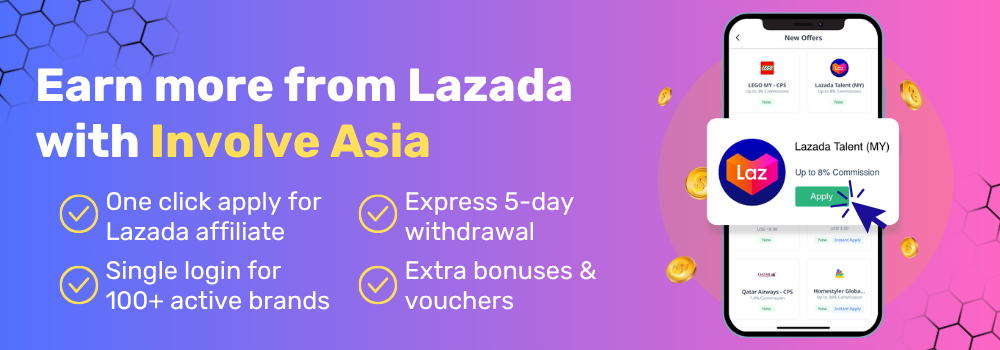
Who Should Have a Rate Card?
Nano, Micro, and Macro Influencers
It doesn’t matter if you have 1,000 followers or 100,000—if brands are approaching you (or you want them to), you need a rate card. It shows you’re serious about working professionally.
Even Content Creators on TikTok and YouTube
You don’t need to be a “traditional” influencer. Creators making review videos, tutorials, hauls, or even memes should have a rate card ready, especially if they’re open to brand deals or sponsored content.
4 Things to Include in Your Rate Card
1. Social Media Platforms and Follower Count
Start by listing your platforms (Instagram, TikTok, YouTube, blog, etc.) and your current follower count. This gives brands an idea of your reach.
2. Services Offered (Reels, Stories, Blog, etc.)
Be specific: Do you offer Reels? Product reviews? Story mentions? Blog features? Unboxing videos? List them all with clear names.
3. Rates Per Post, Package Deals, and Add-Ons
Next to each service, include the price. Also offer bundles like “1 post + 3 stories” at a discounted rate. You can include add-ons too, like “link in bio for 1 week.”
4. Engagement Rates and Past Campaign Highlights
If you’ve worked with brands before, include examples of past campaigns, your average engagement rate, or click-through stats (if you track them). This builds trust.
Tips to Price Your Services Right
Don’t Just Look at Follower Count
Having 10k followers doesn’t mean you should charge the same as someone else with 10k. Engagement, content quality, and niche matter a lot.
Factor in Time, Quality, and Value
Think about how long it takes to create the content. Are you filming, editing, writing captions, or linking products? All of that adds value. Don’t sell yourself short.
How to Make a Professional Yet Simple Rate Card
Canva, Google Slides, or PDFs?
You don’t need fancy software. Canva offers free templates that are perfect for influencers. You can also use Google Slides and export as a PDF.
Keep the Design Clean and Easy to Read
Use clear headings, consistent fonts, and stick to 1–2 brand colors. Include your logo or profile pic to make it personal. One or two pages is enough.
When and How to Share Your Rate Card
Send it with Your Media Kit
If a brand asks to collaborate, reply with your media kit and rate card. This gives them all your info in one go and makes you look like a pro.
Share Privately, Not Publicly
Avoid posting your rate card online for everyone to see. Send it privately via email or DM to maintain flexibility in pricing for different brands.
Common Mistakes to Avoid
Pricing Too Low or Too High
Too low, and you risk undervaluing your work. Too high, and you might scare away brands—especially if you’re new. Do research, compare with similar creators, and test as you go.
Not Updating Your Card Regularly
Your follower count, engagement rate, and pricing will change over time. Update your rate card at least every few months to reflect your growth.
Bonus: Should You Mention Affiliate Earnings on Your Rate Card?
When It Makes Sense (and When It Doesn’t)
If you earn commissions from affiliate links, you can let brands know you’re open to performance-based payouts. But don’t list affiliate income on your rate card unless the brand asks—it can complicate things. Focus on your base rates first.

Conclusion
A well-designed rate card is one of the most powerful tools in your influencer toolkit. It saves time, builds credibility, and helps you negotiate fairly. Don’t overthink it—just start with a simple version and improve it as you grow.
The key is to be clear, confident, and consistent. When you respect your value, brands will too.
👉 Sign up here to start affiliate marketing with Involve Asia
Frequently Asked Questions (FAQs)
What is a Rate Card for Influencers?
A rate card for influencers is a simple price list that shows how much an influencer charges for different types of content. This can include things like an Instagram post, Story, Reel, TikTok video, YouTube shoutout, or a package deal. It helps brands know what to expect when working with you and makes it easier to negotiate. A good rate card usually includes pricing, turnaround time, and any extras like content rights or exclusivity fees.
If you’re an influencer, having a rate card makes you look more professional and saves time when replying to brand inquiries. It also helps ensure you get paid fairly for your work. Whether you’re a micro-influencer or have a big following, a clear and organized rate card is an essential tool when working with brands.
What Should My Rate Be as an Influencer?
Your influencer rate depends on several things like your follower count, engagement rate, niche, and content quality. A basic rule is to charge RM50–RM100 per 1,000 followers, but this can go up if you have high engagement or create professional content. For example, if you have 5,000 followers, you might charge around RM250–RM500 for a single Instagram post.
If you offer videos, Stories, or bundles, you can charge more. Don’t forget to include extras like editing, usage rights, or exclusivity if a brand asks for them. You can also adjust your rates based on the campaign size, brand budget, or how much effort is required. Always review your analytics and audience quality to justify your pricing.
How to Calculate an Influencer Rate Card?
To calculate your influencer rate card, start with your base rate per post—often around RM50–RM100 per 1,000 followers. Then, adjust based on your engagement rate, content type (photo or video), platform, and niche. Videos or carousel posts may cost more than single images. If a brand asks for usage rights, exclusivity, or multiple revisions, include those as add-ons in your rate card.
Don’t forget to offer packages too, such as a bundle of 1 post + 2 Stories. Tools like Social Bluebook or Influencer Marketing Hub’s calculator can give you a general range. You can also check what similar creators in your niche are charging. Keep your rate card simple, clear, and flexible so it’s easy for brands to understand and work with you.
How Much Do Malaysian Influencers Charge?
In Malaysia, influencer rates can vary depending on your follower count, engagement rate, and content quality.
Here’s a general idea:
– Nano influencers (1K–10K followers): RM100–RM300 per post
– Micro influencers (10K–50K): RM300–RM1,000 per post
– Mid-tier influencers (50K–100K): RM1,000–RM2,000 per post
– Macro influencers (100K+): RM2,000–RM5,000 or more
These are average rates and may increase if the influencer has a strong personal brand, high video quality, or niche authority (like parenting, tech, or finance). Some creators also charge separately for Stories, Reels, or exclusive packages. If you’re new, start small and increase your rates as your engagement, consistency, and content quality improve.
